Home>Construction & Tools>Building Materials>What Type Of Paint To Use On Brick
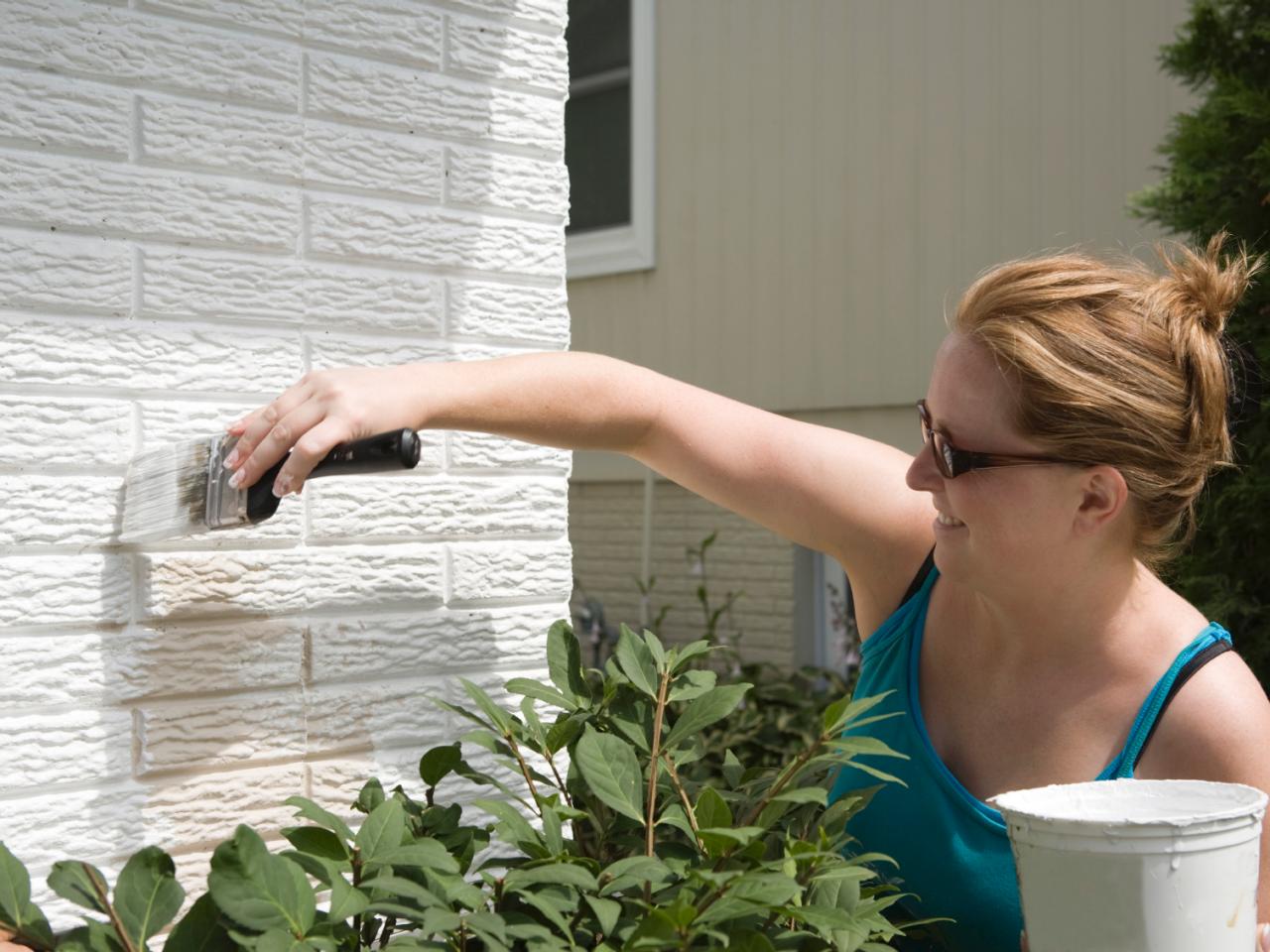

Building Materials
What Type Of Paint To Use On Brick
Modified: March 9, 2024
Discover the best type of paint for brick surfaces. Explore our guide for expert tips on using building materials to achieve a flawless finish.
(Many of the links in this article redirect to a specific reviewed product. Your purchase of these products through affiliate links helps to generate commission for Storables.com, at no extra cost. Learn more)
**
Introduction
**
Painting brick surfaces can be a transformative and cost-effective way to update the look of a building. Whether it's a residential home, commercial property, or an outdoor feature, such as a fireplace or wall, the right paint can breathe new life into the brick, enhancing its aesthetic appeal and adding value to the property. However, it's crucial to select the appropriate type of paint and approach the project with careful consideration to achieve the best results.
In this comprehensive guide, we will explore the factors to consider before painting brick, the types of paint suitable for this purpose, and the best practices to follow for a successful and long-lasting finish. By understanding these key aspects, property owners can confidently embark on their brick painting projects, knowing they are making informed decisions that will yield impressive and enduring outcomes. Let's delve into the essential considerations and expert recommendations for painting brick surfaces.
**
Key Takeaways:
- Choose the right paint type for brick surfaces based on location, aesthetics, and maintenance needs. Options like latex, masonry, mineral, epoxy, and elastomeric paints offer unique benefits for different requirements.
- Before painting brick, consider factors like surface condition, moisture, desired outcome, maintenance, and surrounding materials. Thorough preparation, proper priming, and meticulous application are crucial for a professional and long-lasting finish.
Read more: What Type Of Paint To Whitewash Brick
Factors to Consider Before Painting Brick
**
Before diving into a brick painting project, it’s essential to carefully assess several factors that can significantly impact the success and longevity of the finish. By considering these elements, property owners can make informed decisions and avoid potential pitfalls. Here are the crucial factors to take into account:
1. Condition of the Brick Surface:
The condition of the brick surface plays a pivotal role in determining the feasibility of painting. It’s important to thoroughly inspect the brick for any signs of damage, such as cracks, spalling, or efflorescence. Addressing these issues before painting is crucial to prevent further deterioration and ensure a smooth and durable finish.
2. Moisture and Ventilation:
Brick surfaces can be susceptible to moisture infiltration, which can compromise the adhesion and longevity of the paint. Assess the moisture levels in the brick and ensure that adequate ventilation is present to allow moisture to escape. Addressing any underlying moisture issues is vital before proceeding with painting.
3. Desired Aesthetic Outcome:
Consider the desired aesthetic outcome when choosing to paint brick. Whether aiming for a modern, sleek look or a more traditional appearance, the color and type of paint selected should align with the overall design vision for the property. Additionally, factor in the architectural style and surrounding elements to ensure a cohesive and harmonious result.
4. Long-Term Maintenance:
Painting brick is a long-term commitment, and it’s essential to consider the maintenance requirements associated with the chosen paint type. Evaluate the durability, ease of cleaning, and long-term performance of the paint to ensure it aligns with the property owner’s maintenance preferences and capabilities.
5. Compatibility with Surrounding Materials:
Assess how the painted brick will complement the surrounding materials, such as siding, trim, or landscaping features. Coordinating the paint color and finish with the existing elements can enhance the overall curb appeal and visual coherence of the property.
By carefully considering these factors, property owners can make informed decisions and set the stage for a successful brick painting project. Understanding the condition of the brick, addressing moisture concerns, defining the desired aesthetic outcome, planning for long-term maintenance, and coordinating with surrounding materials are essential steps in the pre-painting phase.
**
Types of Paint Suitable for Brick
**
Choosing the right type of paint is crucial when painting brick surfaces, as it directly impacts the appearance, durability, and long-term performance of the finish. Several paint options are suitable for brick, each with unique characteristics and considerations. Here are the types of paint commonly used for brick surfaces:
1. Latex Paint:
Latex or acrylic paint is a popular choice for painting brick due to its durability, flexibility, and ease of application. It adheres well to masonry surfaces, offers excellent color retention, and allows moisture vapor to pass through, preventing trapped moisture. Latex paint is available in a wide range of colors and finishes, providing versatility for various design preferences.
2. Masonry Paint:
Specifically formulated for masonry surfaces, masonry paint is designed to withstand the unique challenges posed by brick, concrete, and stucco. This type of paint provides exceptional adhesion, breathability, and weather resistance, making it well-suited for exterior brick applications. It offers protection against moisture, UV exposure, and harsh weather conditions, ensuring a long-lasting finish.
3. Mineral Paint:
Mineral paint, also known as silicate or potassium silicate paint, chemically bonds with the mineral surface of the brick, creating a durable and breathable finish. It offers outstanding UV resistance, vapor permeability, and color stability, making it an ideal choice for preserving the natural texture of brick while providing long-term protection. Mineral paint is renowned for its eco-friendly composition and resistance to fungal growth.
4. Epoxy Paint:
For interior brick surfaces that require exceptional durability and resistance to moisture, chemicals, and abrasion, epoxy paint is a suitable option. It forms a hard, glossy finish that is easy to clean and maintain, making it ideal for high-traffic areas or spaces prone to moisture exposure, such as kitchen backsplashes or fireplace surrounds.
5. Elastomeric Paint:
Elastomeric paint is designed to bridge small cracks and withstand extreme temperature variations, making it a viable choice for exterior brick surfaces. It provides a flexible, waterproof membrane that can accommodate the natural expansion and contraction of brick, offering enhanced protection against water intrusion and cracking. Elastomeric paint is particularly beneficial for climates with harsh weather conditions.
When selecting the appropriate paint for brick surfaces, property owners should consider the location, environmental factors, desired aesthetics, and long-term maintenance requirements. By understanding the unique properties of each paint type, informed decisions can be made to achieve a visually stunning, durable, and resilient finish on brick surfaces.
**
When painting brick, use a high-quality, breathable masonry paint specifically designed for exterior surfaces. This will ensure the paint adheres well and allows moisture to escape, preventing peeling and cracking.
Best Practices for Painting Brick
**
Painting brick requires careful preparation, meticulous application, and adherence to best practices to ensure a professional and long-lasting finish. By following expert recommendations and proven techniques, property owners can achieve outstanding results while preserving the integrity of the brick surface. Here are the best practices for painting brick:
1. Surface Preparation:
Thoroughly clean the brick surface to remove dirt, dust, efflorescence, and any existing paint or coatings. Use a wire brush, pressure washer, or masonry cleaner to eliminate debris and ensure a clean, smooth substrate for paint adhesion. Repair any cracks or damage, and allow the surface to dry completely before proceeding.
2. Priming:
Apply a high-quality masonry primer specifically formulated for brick surfaces. The primer promotes adhesion, seals the surface, and enhances the bond between the paint and the brick. Choose a primer that addresses any moisture issues and provides a stable base for the topcoat.
3. Paint Application:
Use a high-quality paintbrush, roller, or sprayer suitable for masonry surfaces to apply the selected paint. Ensure even coverage and work the paint into the texture of the brick for comprehensive protection. Consider applying multiple thin coats rather than a single thick coat to achieve a uniform finish and optimal durability.
4. Weather Considerations:
Avoid painting brick surfaces during extreme weather conditions, such as high humidity or direct sunlight. Optimal painting conditions typically include mild temperatures and moderate humidity to facilitate proper paint drying and curing. Plan the painting schedule accordingly to maximize the effectiveness of the paint application.
5. Maintenance and Protection:
After painting, implement a regular maintenance plan to preserve the appearance and integrity of the painted brick. Clean the surface as needed using a mild detergent and soft brush, and inspect for any signs of wear or damage. Additionally, consider applying a clear masonry sealer to provide an extra layer of protection against moisture and environmental elements.
6. Consultation with Professionals:
For complex or large-scale brick painting projects, consider consulting with experienced painting contractors or masonry specialists. Their expertise and insights can contribute to a successful outcome, especially when dealing with challenging architectural features, historical properties, or intricate brickwork.
By adhering to these best practices, property owners can approach brick painting projects with confidence, knowing that they are employing effective methods to achieve a beautiful, enduring finish. From meticulous surface preparation and priming to thoughtful paint application and ongoing maintenance, these practices contribute to the overall success of painting brick surfaces.
**
Conclusion
**
Painting brick surfaces presents an opportunity to revitalize and enhance the visual appeal of buildings and outdoor features. By carefully considering the factors that influence the success of a brick painting project, selecting the appropriate type of paint, and following best practices, property owners can achieve stunning and enduring results.
Understanding the condition of the brick, addressing moisture concerns, defining the desired aesthetic outcome, planning for long-term maintenance, and coordinating with surrounding materials are essential steps in the pre-painting phase. By assessing these factors, property owners can make informed decisions and set the stage for a successful brick painting project.
When it comes to selecting the right type of paint for brick surfaces, options such as latex paint, masonry paint, mineral paint, epoxy paint, and elastomeric paint offer unique benefits suited to different requirements. By evaluating the location, environmental factors, desired aesthetics, and long-term maintenance needs, property owners can choose the most suitable paint type for their specific project.
Adhering to best practices, including thorough surface preparation, proper priming, meticulous paint application, consideration of weather conditions, and ongoing maintenance, is crucial for achieving a professional and long-lasting finish. These practices contribute to the overall success of painting brick surfaces and help preserve the integrity and beauty of the brick over time.
In conclusion, painting brick requires thoughtful planning, informed decision-making, and meticulous execution. By embracing these principles and recommendations, property owners can embark on brick painting projects with confidence, knowing that they are equipped with the knowledge and guidance necessary to achieve exceptional and enduring results. Whether transforming the exterior of a home, updating a commercial property, or enhancing an outdoor feature, the art of painting brick holds the potential to elevate the visual impact and value of any property.
Frequently Asked Questions about What Type Of Paint To Use On Brick
Was this page helpful?
At Storables.com, we guarantee accurate and reliable information. Our content, validated by Expert Board Contributors, is crafted following stringent Editorial Policies. We're committed to providing you with well-researched, expert-backed insights for all your informational needs.

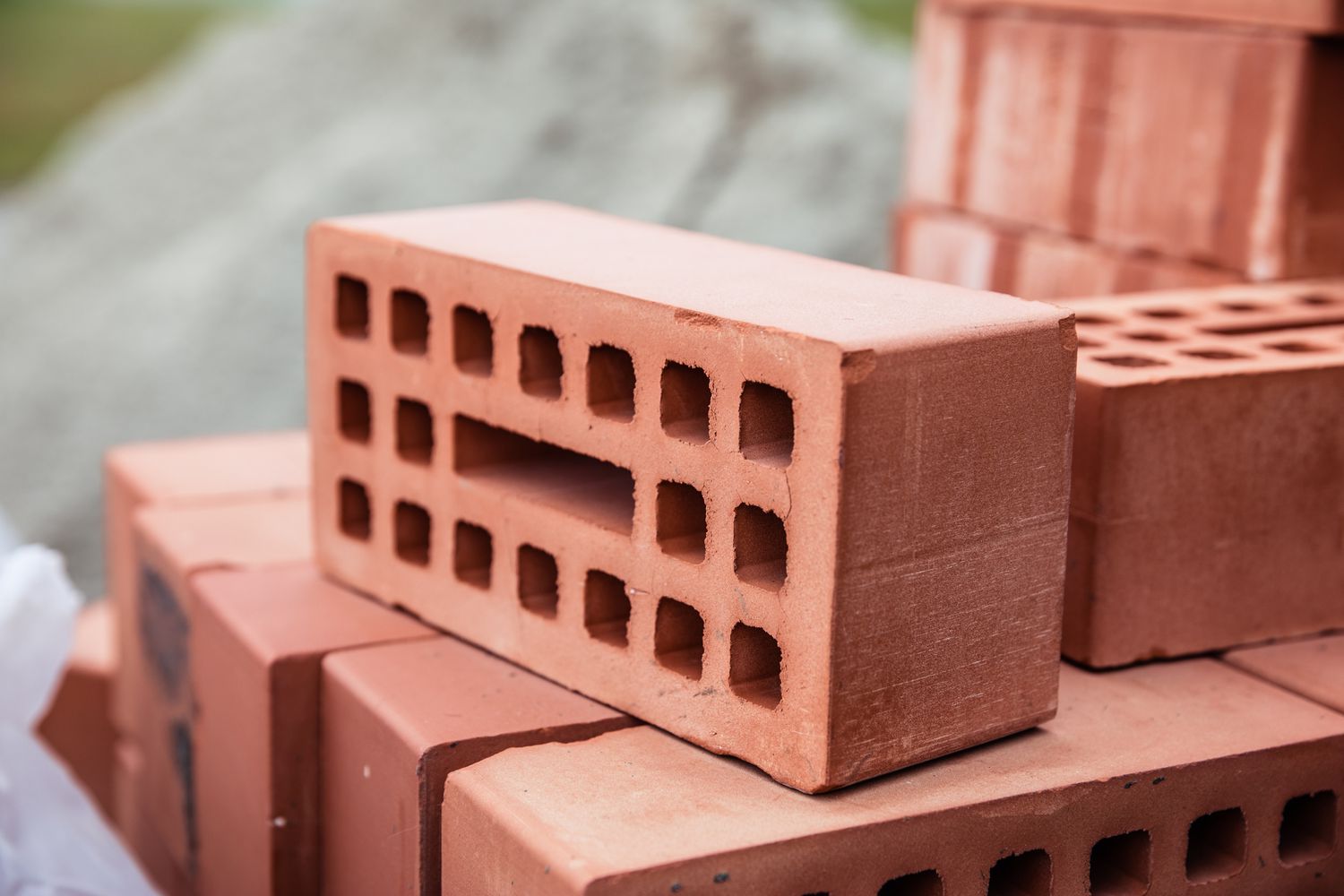
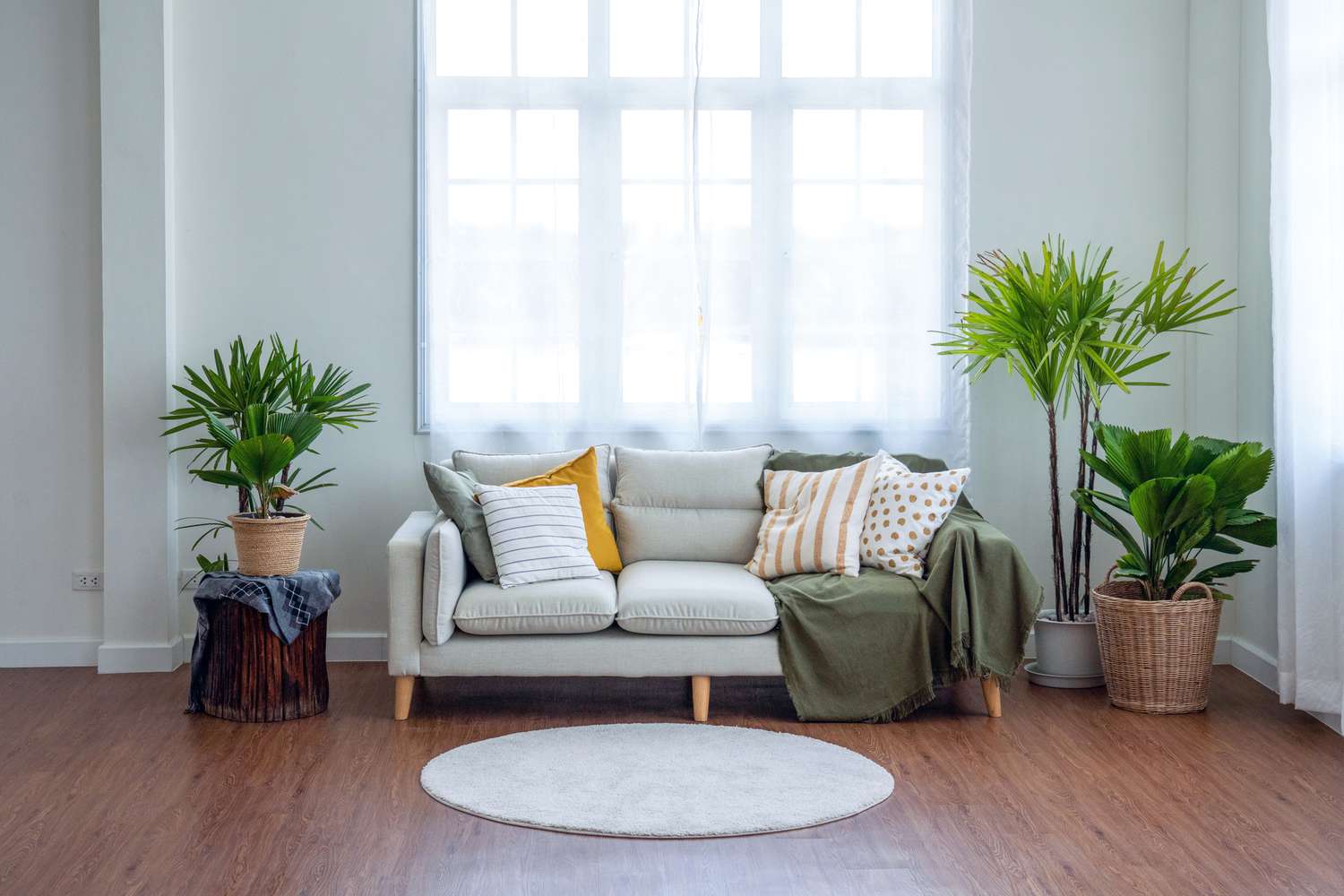
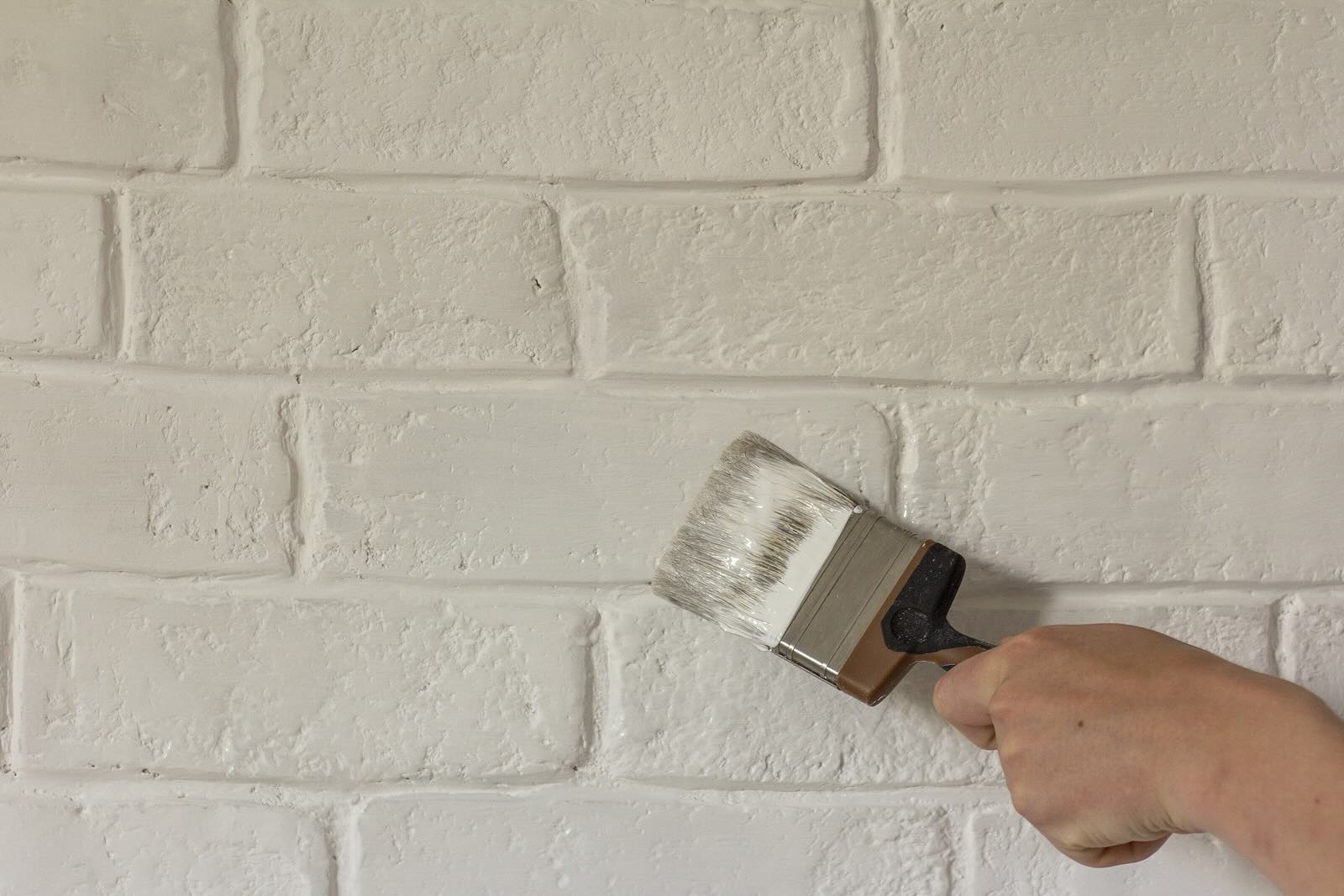
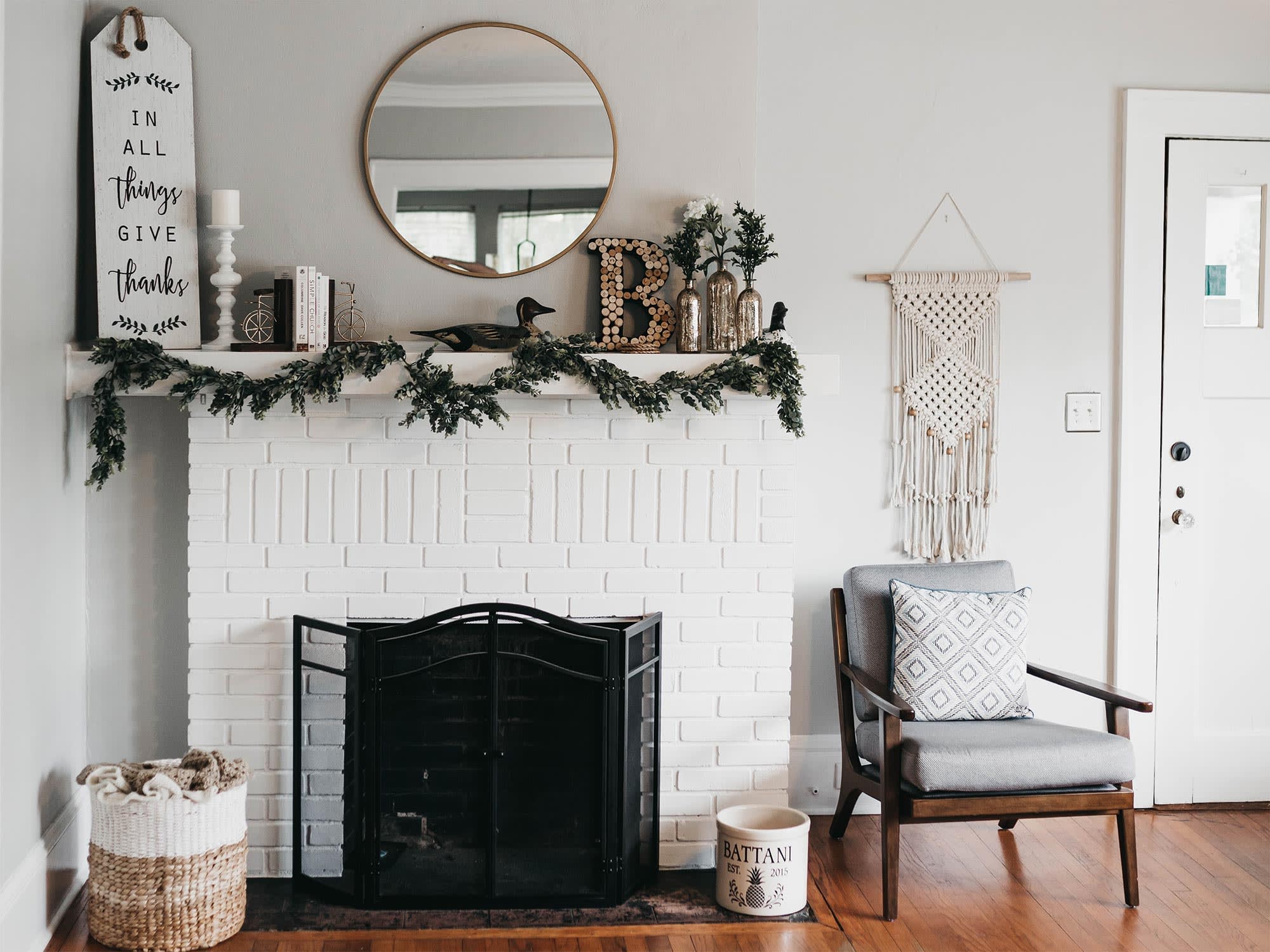
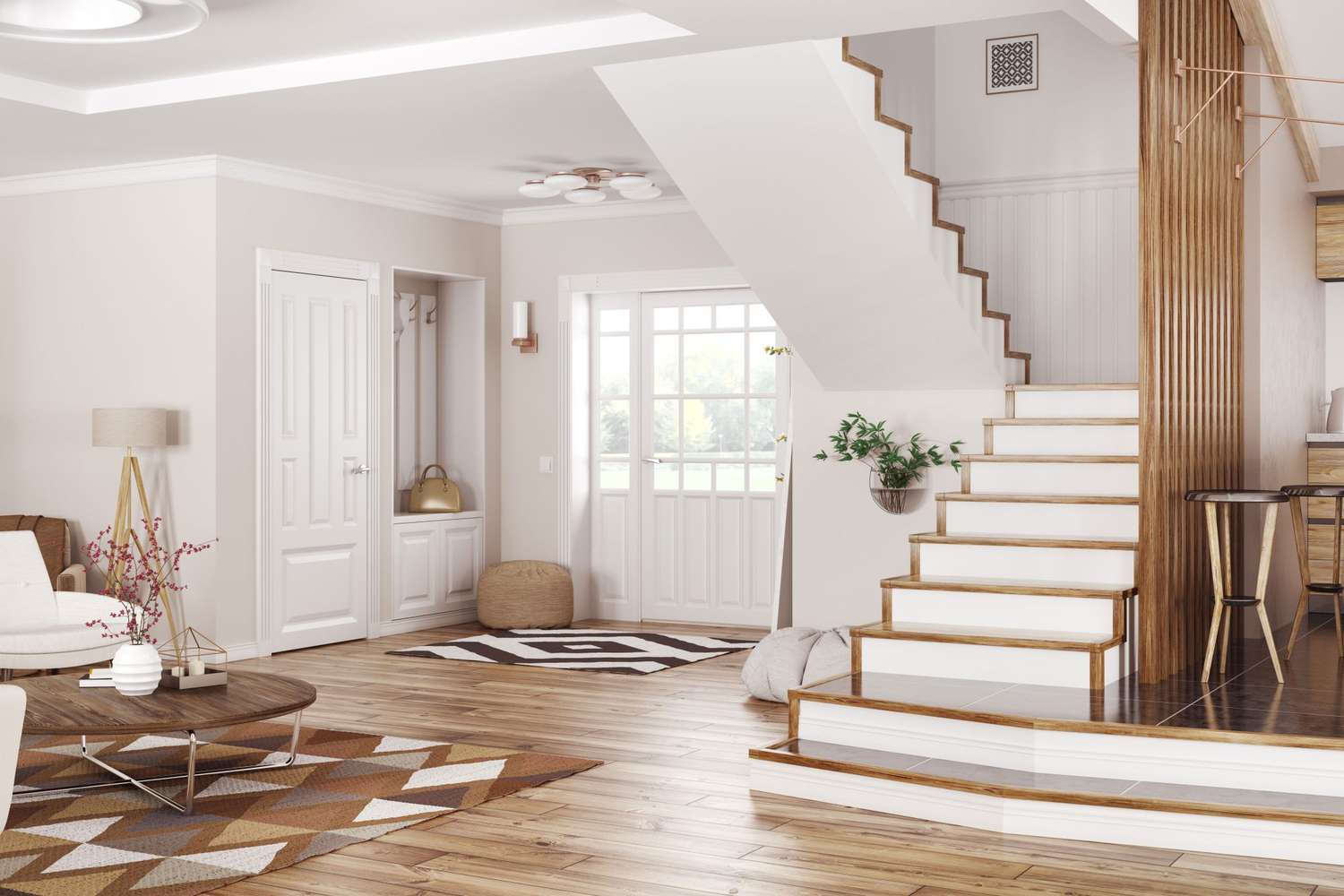
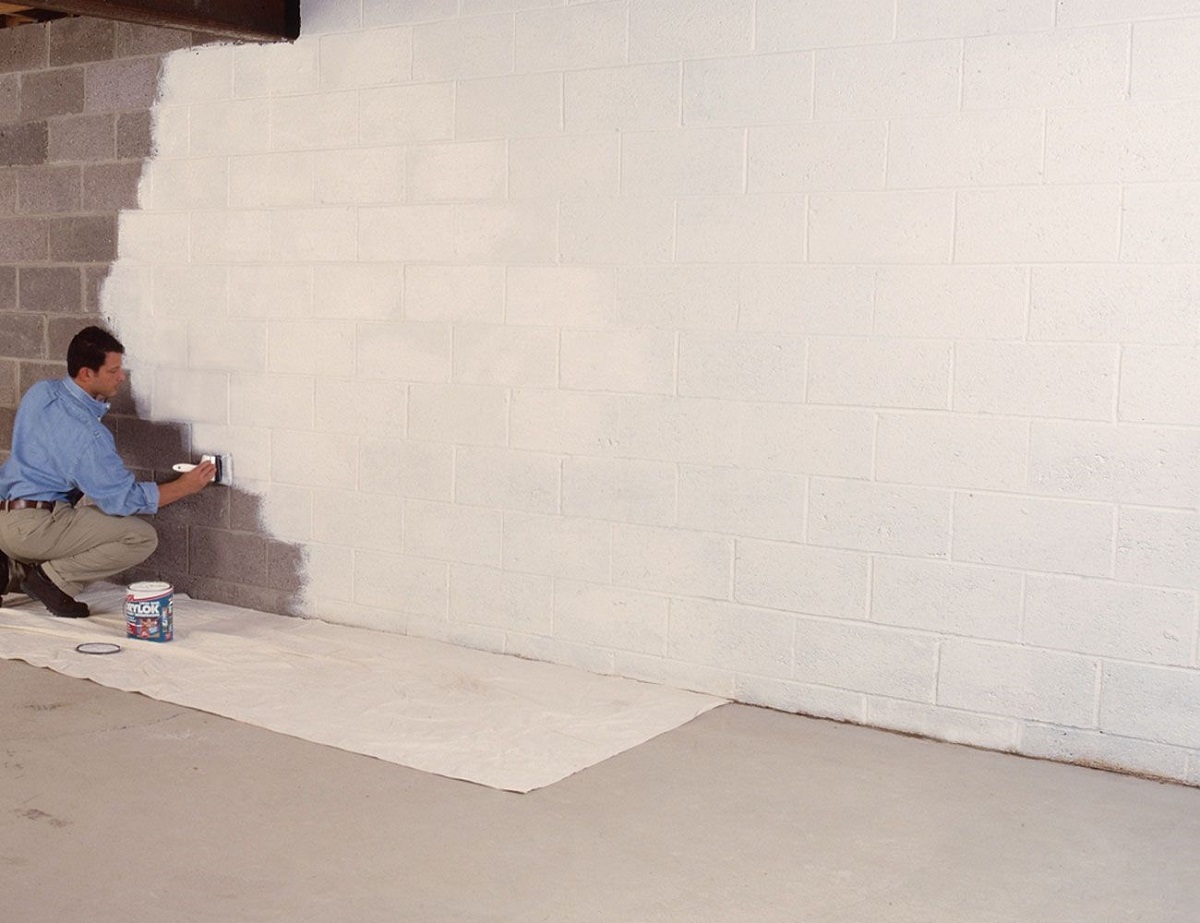
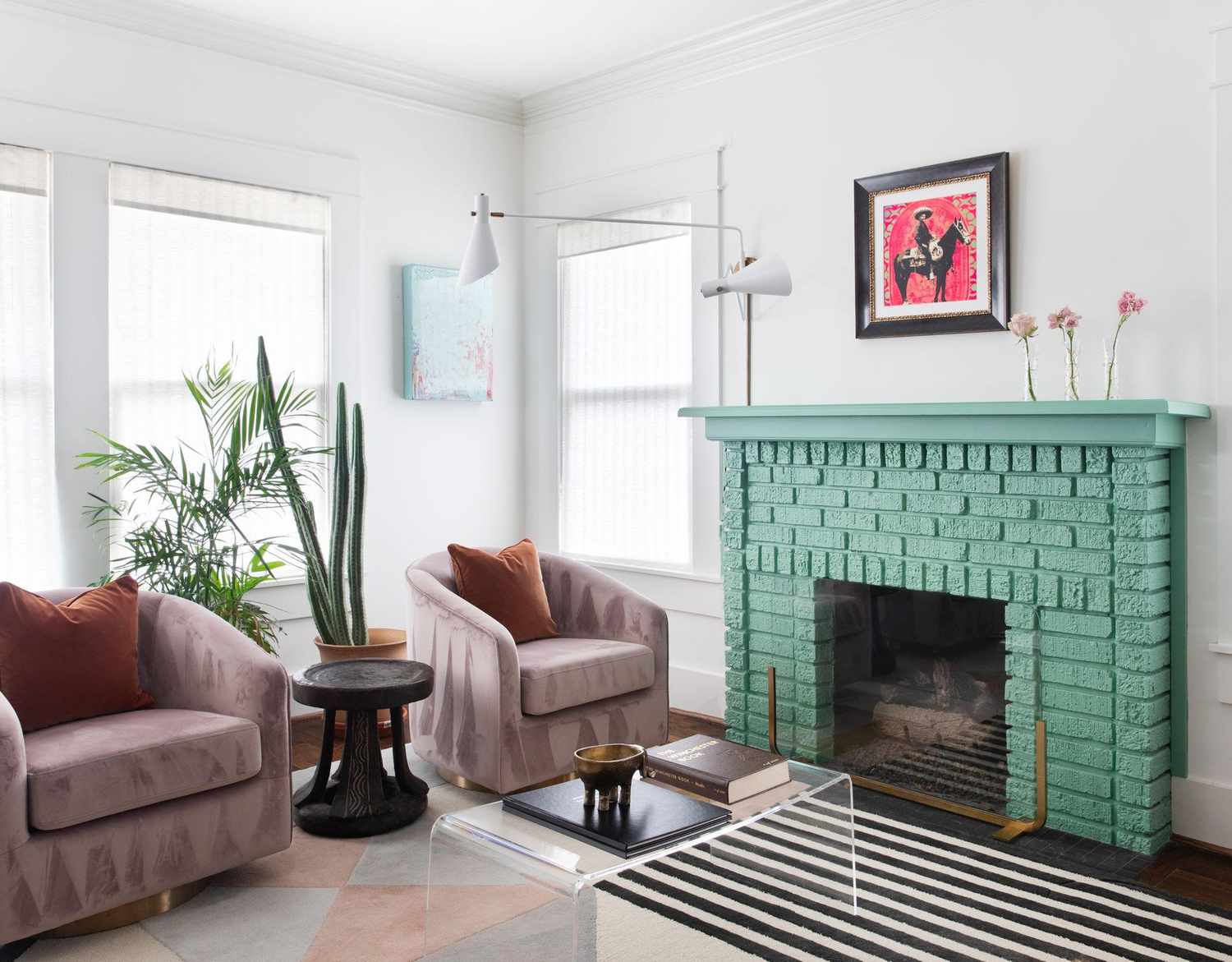
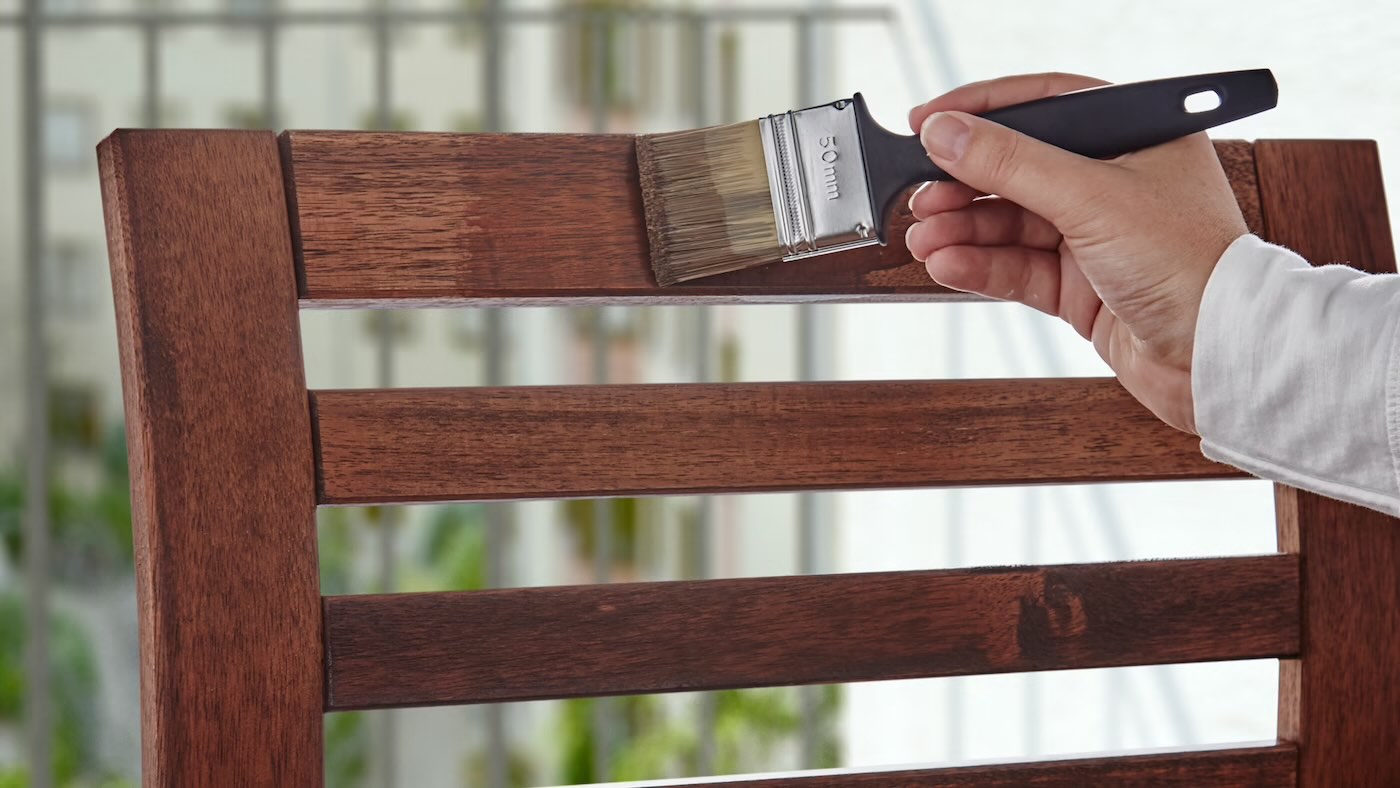
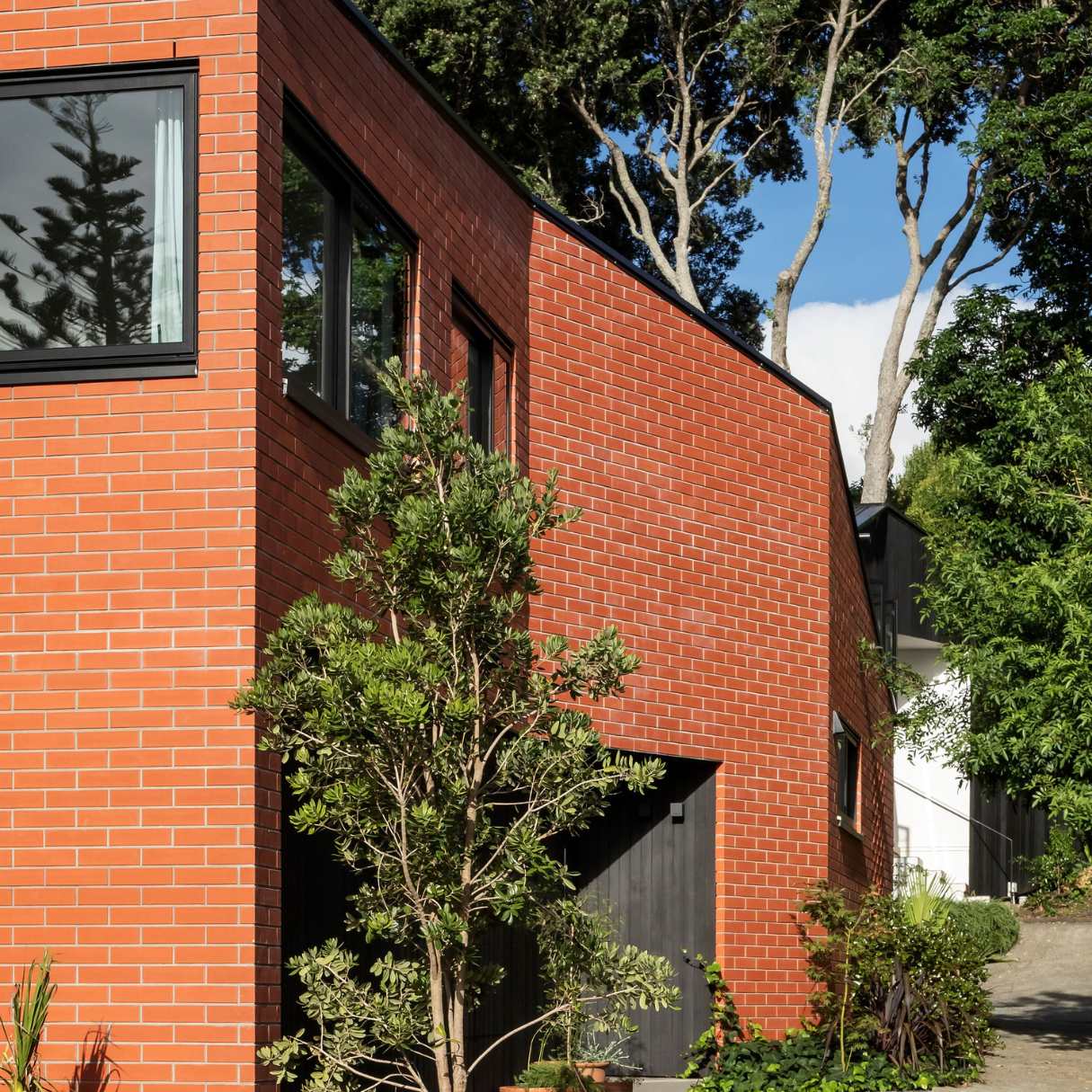
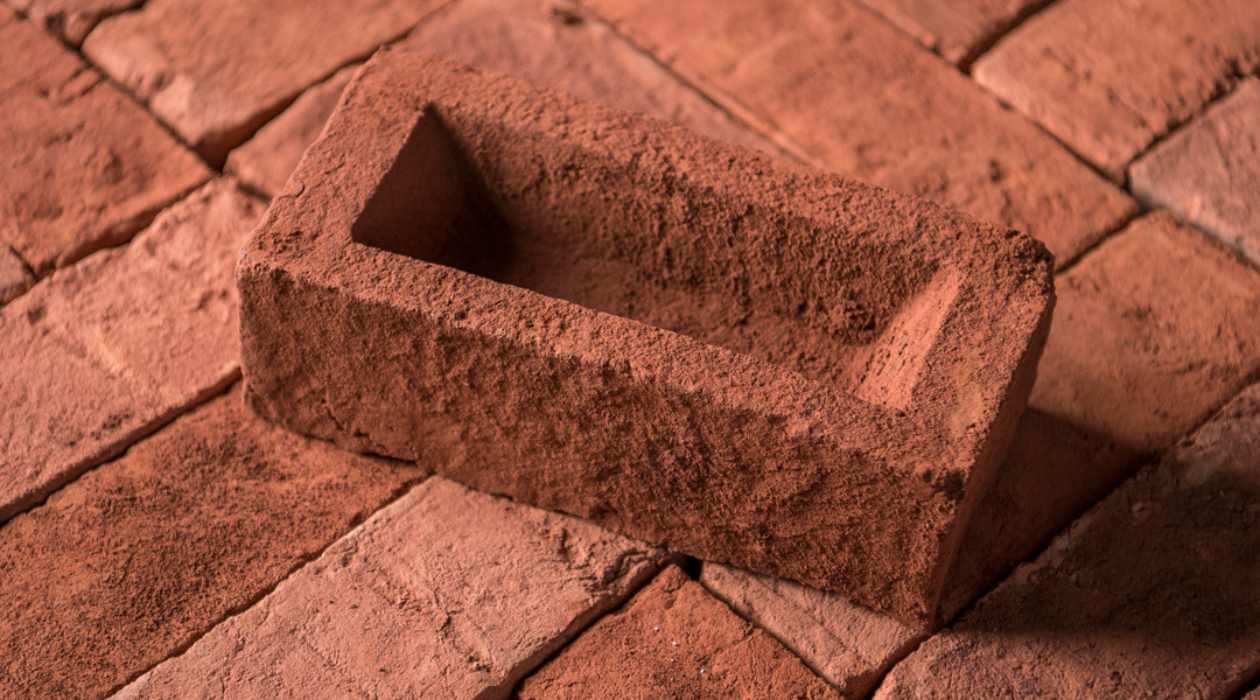
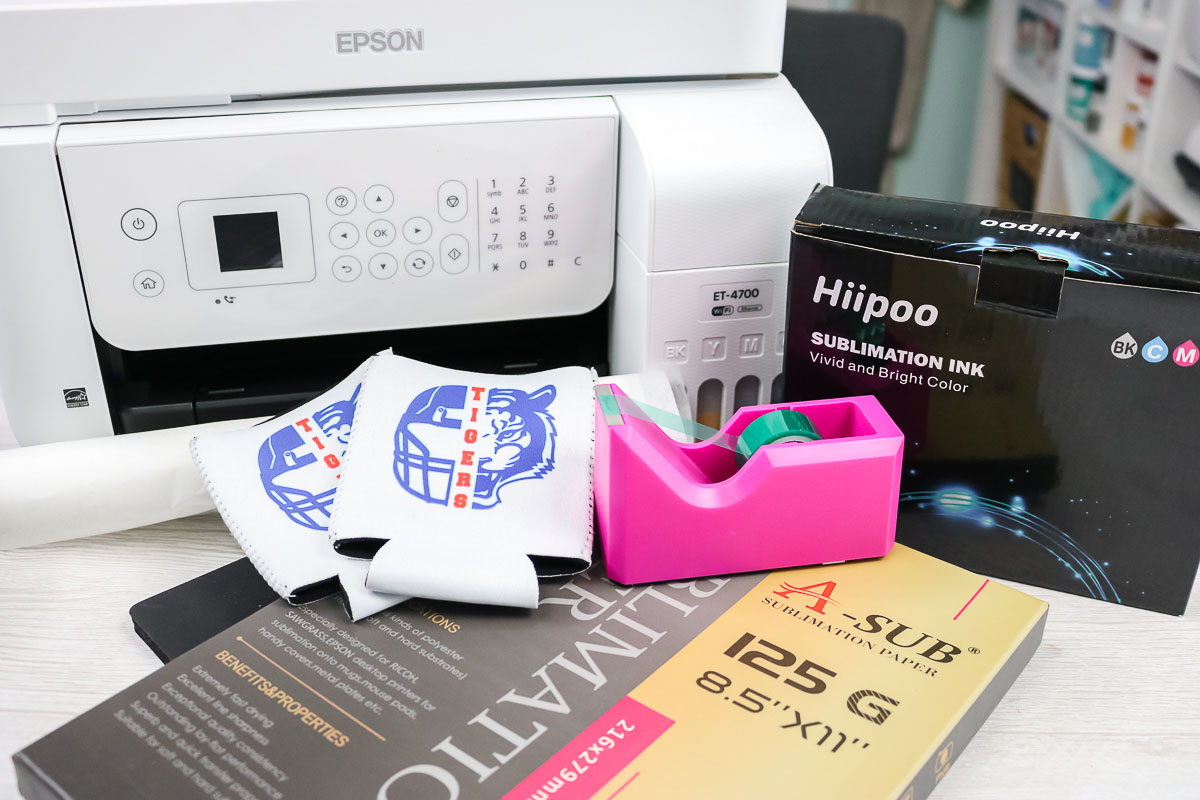
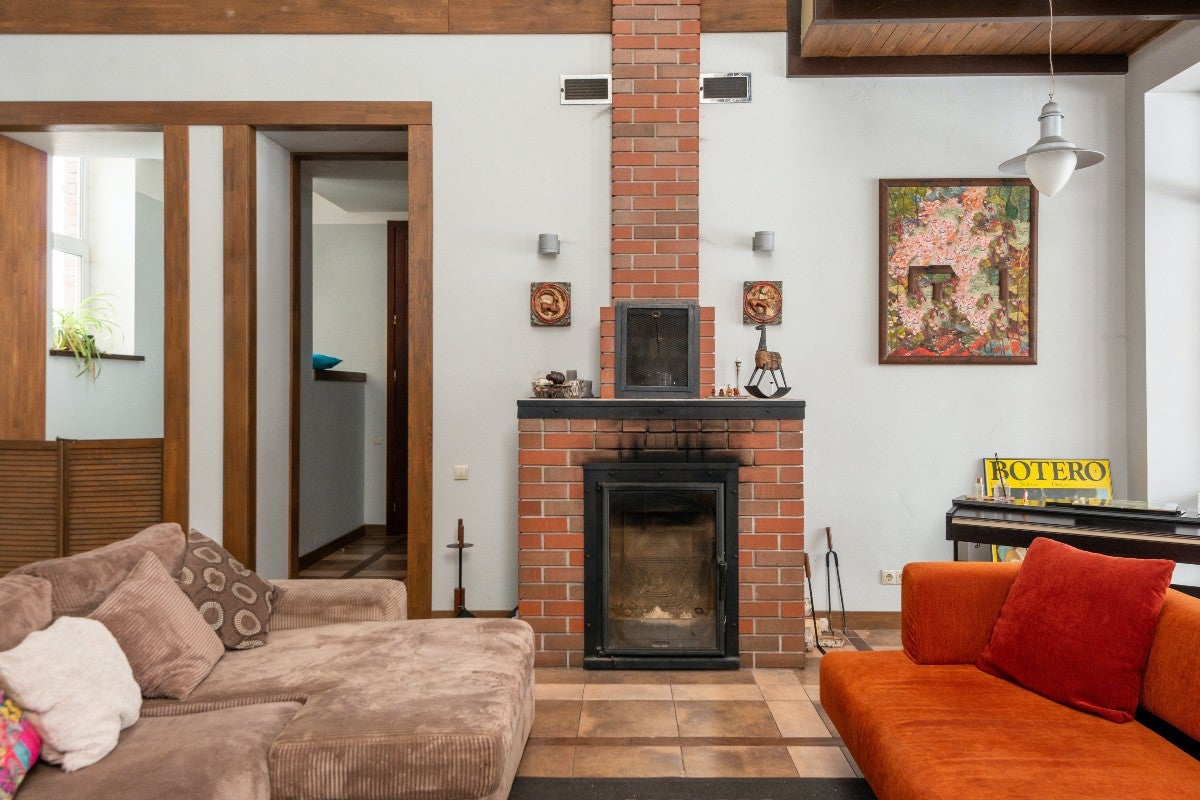
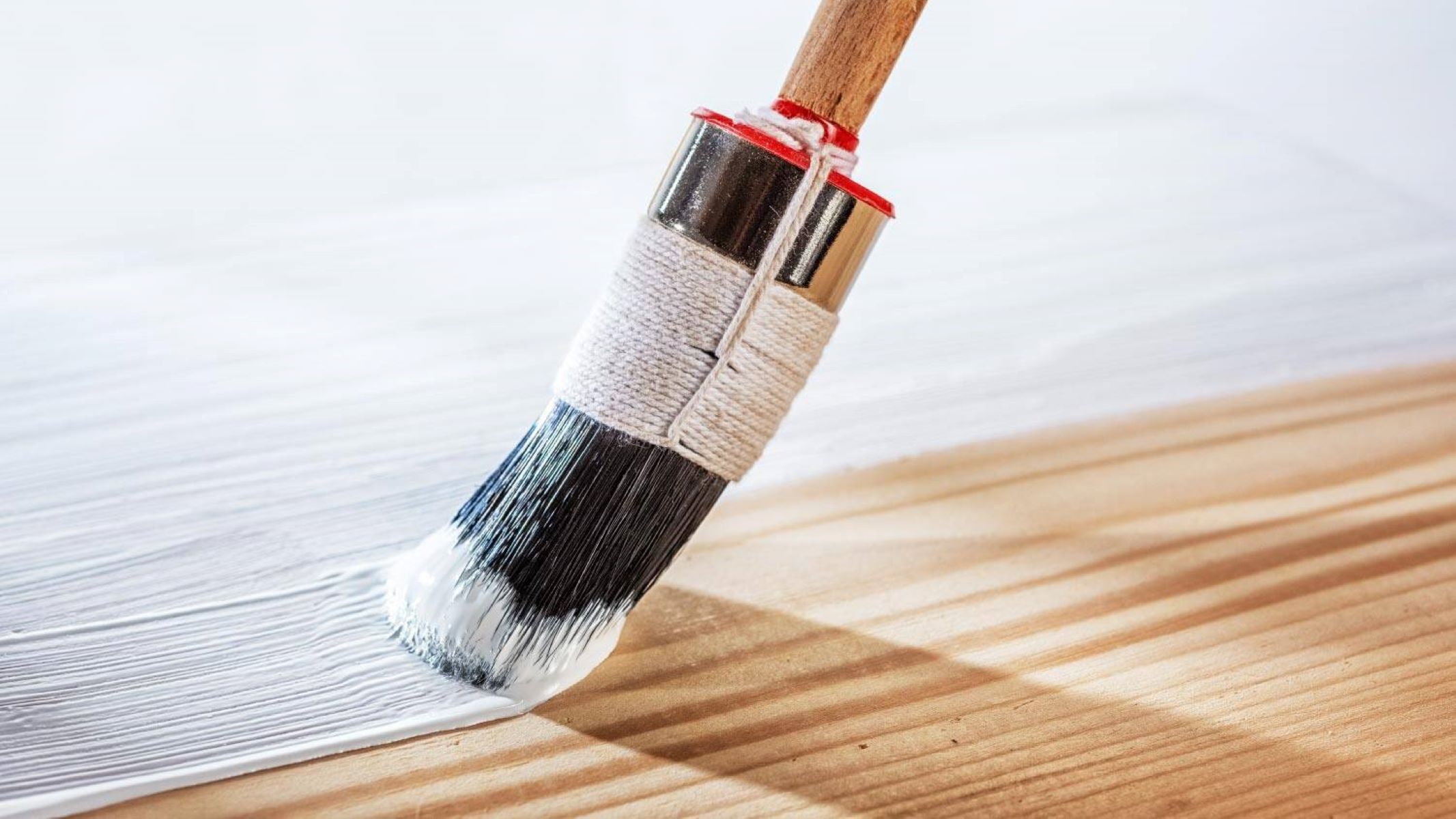


0 thoughts on “What Type Of Paint To Use On Brick”